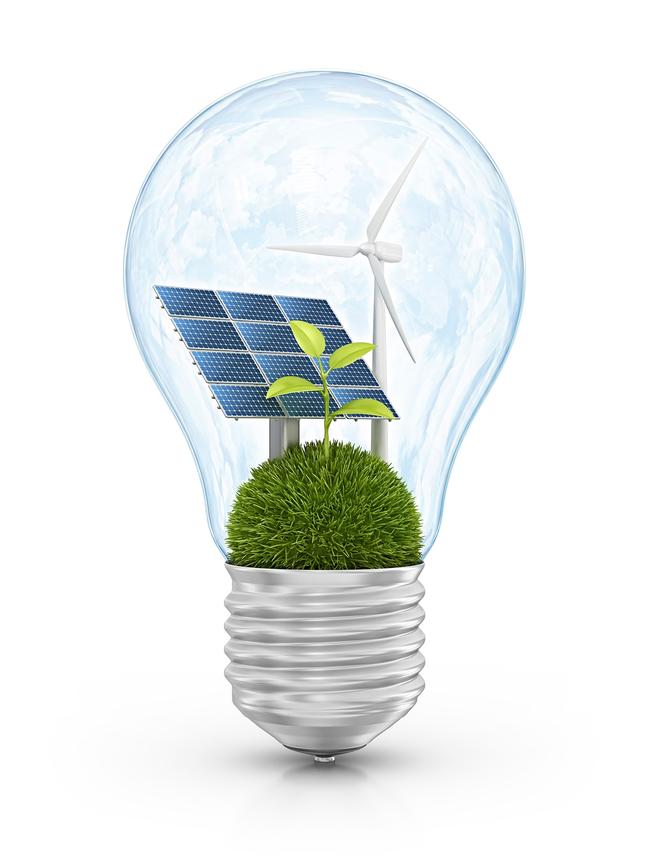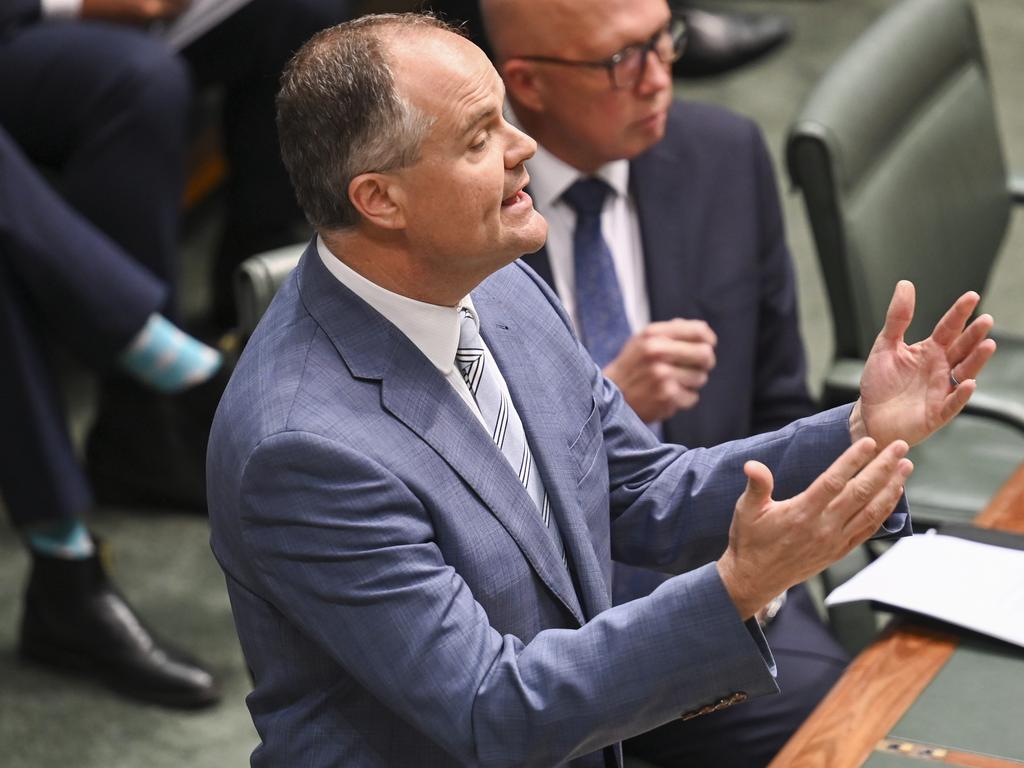Deck was stacked as CSIRO estimated the cost of nuclear power
The assumptions and organised bias in the CSIRO’s cost of generating electricity report render it absolutely useless - and the task should never have been left to scientists.

On the face of it, it looks like a bit of buck-passing by the Australian Energy Market Operator, which enlisted the assistance of the CSIRO some years ago. This is a task for engineers, economists and accountants – not scientists.
Modelling is not science, and estimating costs is also not science. By rights, the CSIRO should have declined the request. Its reputation has been markedly sullied.
Let’s consider the latest version of the CSIRO’s GenCost report. As with all modelling, it’s a case of garbage in, garbage out. The assumptions in it range from the plausible to the absolutely ridiculous.
The most glaring errors in the report are the assumptions about the upfront costs of nuclear plants, their rates of utilisation and their lifespans. The assumption on the capacity of wind power is also laughable and the assumed lifespans of both wind and solar are too long.
It looks suspiciously like a tail-wagging-the-dog exercise: how to ensure that nuclear power looks extraordinarily expensive compared with the preferred renewable energy option of the federal and state governments.
The fact that Australia is the only country of the largest 20 economies in the world not to have nuclear power didn’t seem to awaken the curiosity of the CSIRO team. Should we be assuming that all their governments are simply stupid by having such an expensive form of generation?
And how could it be the case that a very large number of countries are now aggressively investing in more zero-emissions nuclear plants?
Indeed, our main ally, the US, has a target of tripling the amount of nuclear power by 2050.
The international figures are clear: countries with high wind and solar shares in their generation of electricity actually have relatively high electricity prices. They include Germany, Britain, Spain, Denmark and Italy, as well as the states of California and South Australia. By contrast, those countries with very low renewable shares have the cheapest electricity: Russia, United Arab Emirates, Korea and India.
It is worth pausing here to briefly outline the methodology of the GenCost report. It uses levelised cost of electricity, or LCOE, as the key metric – a measure that includes both the cost of installation as well as the expected lifetime of the asset. The cost of the fuel is added, which is zero for wind and solar but material for other means of generation.
The capacity factors of different means of generation are then taken into account. They should vary between 25 and 33 per cent for wind and solar but the GenCost report has onshore wind at 48 per cent and offshore wind at 52 per cent, which are both clearly errors. The capacity factor for nuclear should be in the 90s but in one scenario, the CSIRO puts the figure at 53 per cent, another clanger.

But the key is this: the LCOE is the wrong measure to use. What is required is a system-wide LCOE because of the inherent intermittency of wind and solar and the inviolable objective of 24/7 power. When the wind blows and the sun shines, the cost of generating electricity by these means is very low. But because the wind doesn’t blow all the time and the sun sets, expensive back-up (or firming) is required.
This back-up must be added to the cost of both wind and solar. And account must be taken of both extended wind droughts and cloudy periods – short-duration batteries will simply be inadequate. In practical terms, the option of long-duration, affordable batteries simply doesn’t exist and affordable pumped hydro is not possible in this country.
Last year’s GenCost report was a major hit job on the highly prospective Small Nuclear Reactors which are still being developed, although Canada is further down this path than other countries.
By choosing just one pilot scheme in Utah that was subsequently abandoned, the report was based on the worst-case scenario. It’s hard to avoid the conclusion that this was quite deliberate. This time, the decision was made to include tried and tested large-scale nuclear plants in its comparison of generating costs. The upfront costs of building nuclear plants are very substantial and they can also take some years to complete. There are also quite a few examples of cost blowouts and delays – in Finland and the UK, for example.
The GenCost report uses the relatively successful example of Korea’s nuclear program to estimate the expected capital cost of a large-scale plant. The figure is put at $8700 per kilowatt, which sounds reasonable enough. But the figure is then arbitrarily doubled because it would be the “first-of-a-kind” in Australia. It is simply asserted that “FOAK premiums of up to 100 per cannot be ruled out”.
This is absurd. After all, Australia would be importing the expertise from experienced players were nuclear plants to be built here. And as the nuclear energy industry enjoys a significant renaissance around the world, the number of companies and the depth of talent involved are increasing markedly. By the time Australia is in a position to consent to nuclear plants, it is inconceivable that the FOAK would be double. This assumption makes a substantial difference to the final results.
Stung by the criticism that previous GenCost reports failed to take into account the cost of transmission needed to get renewable energy to the grid, this latest version makes some effort to do so. But instead of focusing on the entire cost of transmission, which feeds into retail prices, only the cost of additional transmission is included in the analysis. Again this is a bias in favour of renewable energy.
Of course, one of the advantages of nuclear plants is that they can be located where existing transmission lines exist; the cost of foregone investment in transmission by rights should be included as reducing the cost of nuclear.
They can also last more than 80 years, even though the GenCost report bizarrely gives them a lifespan of 30 years. Solar and wind are assumed to last 25 years, which is far too long.
Of course, no serious investors would take much notice of the GenCost report or any of the other selective pieces of analysis put out by various government departments. Their analysis would be based on carefully derived figures subject to sensitivity analysis. The key now is for both the federal and state government bans on nuclear power to be lifted so the potential investors can sharpen their pencils and get to work.








The cost of nuclear energy is twice the cost of renewables, so sayeth the Commonwealth Scientific and Industrial Research Organisation. But why is the CSIRO in the non-scientific game of providing assumption-driven estimates of the cost of generating electricity in different ways?